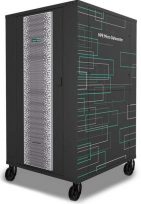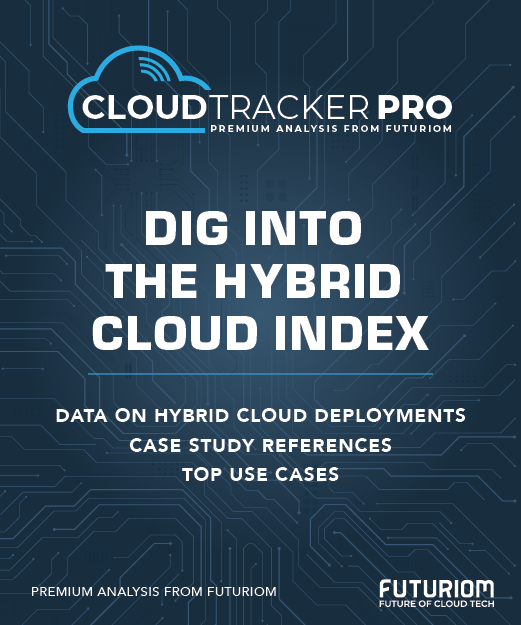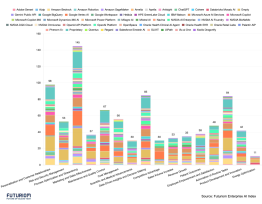Who Will Win from the HPE-Juniper Merger?

In a surprise move late last week, the U.S. Department of Justice approved the $14 billion merger of Hewlett Packard Enterprise (HPE) and Juniper Networks—with substantial conditions.
In addition to requiring HPE to sell off its Instant On wireless products for small and medium-size businesses (SMBs), the government wants Juniper to auction off two source-code licenses to its Mist AI networking technology, opening the way for two additional firms to benefit from Juniper’s crown jewel.
Which firms might those be? The DOJ named the following companies as primary competitors to the HPE-Juniper hookup: Arista, Fortinet, Ubiquiti, CommScope, Extreme Networks, Nile, and Meter.
The Benefits of Mist Licensing
In its proposed final judgment, the DOJ stipulates a rich reward for whoever succeeds as the primary bidder for the Mist technology in an open auction. This primary licensee will not only get full access to Juniper’s source code and patents, it will also get a year’s worth of technical support and introduction to Juniper’s primary manufacturers and channel partners. In addition, the primary licensee will get up to 30 Juniper engineers expert in the technology and up to 25 salespeople with Mist experience. And HPE can’t hire back any of these people for 12 months.
The DOJ also requires that if there are multiple bids over $8 million for the Mist technology, a second licensee will be named, albeit with fewer benefits: “without technical support, the transfer of employees, or introduction to Juniper’s suppliers, distributors, and channel partners,” according to the DOJ filing.
Who Might Get HPE’s Instant On
While many of the companies previously mentioned might bid for HPE’s Instant On divestiture, not all are in a position to buy or benefit from the purchase of Juniper’s Mist source code. Let’s take a closer look.
The HPE Instant On divestiture will be most attractive to firms with an interest in wireless access for small and medium-size businesses (SMBs). These might include CommScope, Extreme Networks, F5, Fortinet, Nile, and Ubiquiti, all of which have businesses supporting SMB wireless access needs. Other firms, such as Versa Networks, support wireless access as part of an intelligent SASE approach and might take a look.
When it comes to Mist, there’s a broader field of potential bidders, including networking vendors with AI for networking and/or IT operations (AIOps) technology. Arista, Extreme Networks, F5, and Fortinet are among networking vendors that already have AIOps and can afford to add technology to their wares. Arrcus, Aviz Networks, DriveNets, and Versa Networks could be potential candidates for Mist as well. Add to the list Broadcom, which offers AIOps via VMware Cloud Foundation. NetBrain offers intent-based networking with AI assistance. And SASE vendors such as Aryaka and Cato Networks might look to add more AI to their networks.
Musts for Mist Acquisition
The list of potential interested parties in Mist could go on and on. But a couple of qualifiers are worth noting. First, any company that licenses the Mist source code must be focused on network automation. Second, any bidder must be ready and able to integrate Mist into its existing AIOps technology. This may not be a compelling scenario for vendors that already have made substantial investments in developing their own AIOps products and services, unless those offerings lack some of the key features of Mist, such as intent-based networking.
Potential licensees must also be able to purchase and support the source code, including hiring all those engineers and salespeople and generating a product line capable of competing against what HPE and Juniper are likely to offer together. That could be a difficult undertaking, considering Juniper's ongoing success with Mist and the work HPE has put into agentic AI, Aruba Networking Central, and its partnership with NVIDIA.
Still, HPE and Juniper will be challenged to integrate their product lines and keep the ball rolling for both Aruba and Juniper’s switching lineup, particularly in the face of added competition from Juniper licensees. HPE also faces a number of challenges, including tariffs in its supply chain, ongoing layoffs and attrition, and slumping operating profit margins. Whether HPE can quickly and successfully leverage its purchase of Juniper under these pressures remains to be seen.
Futuriom Take: The U.S. Department of Justice’s green light for the HPE-Juniper merger comes with conditions that could produce at least two interesting third-party competitors while adding pressure to HPE to leverage its $14 billion investment in Juniper.






















